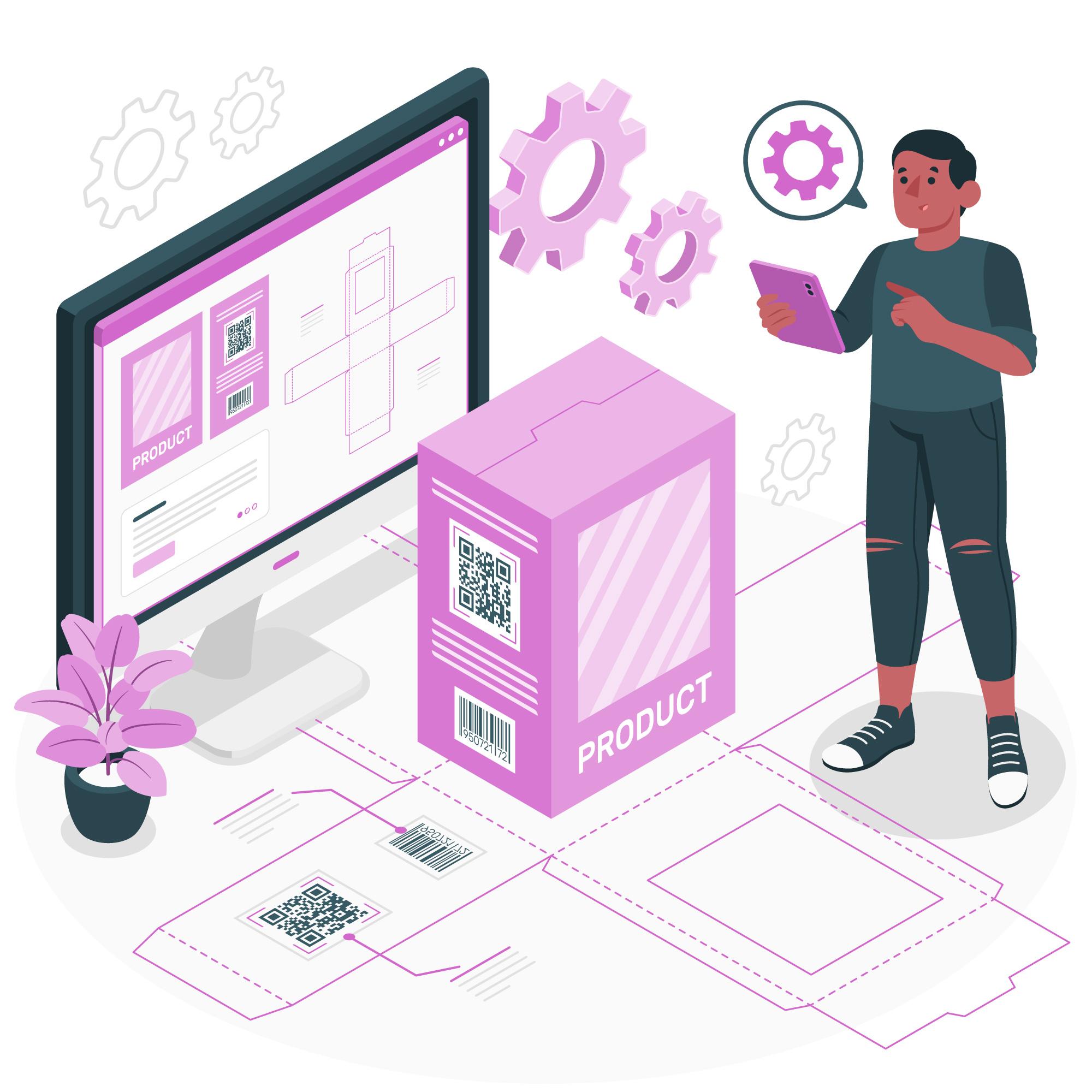In today’s fast-paced business environment, optimizing operational efficiency is crucial for organizations aiming for sustainable growth and a competitive edge. This case study highlights how one of our clients transformed their sales operations through seamless Salesforce integration with their existing business systems. We’ll examine the challenges they faced, the integration strategy implemented, and the substantial benefits they achieved as a result.
Introduction: The Imperative of Sales Effectiveness
Salesforce, a leading customer relationship management (CRM) platform, plays a pivotal role in empowering organizations to manage their sales processes effectively. However, to unlock the full potential of Salesforce and optimize sales performance, integration with other business systems is often essential. This integration ensures seamless data flow, enhances visibility across departments, and enables informed decision-making.
However, to unlock the full potential of Salesforce and optimize sales performance, integration with other business systems is often essential. This integration ensures seamless data flow, enhances visibility across departments, and enables informed decision-making.
Challenges Faced
Our client, a growing enterprise in the technology sector, faced several challenges in their sales operations before leveraging Salesforce integration with STREAMS Solutions:
- Disconnected Systems: The client’s sales team struggled with disparate systems for customer data, lead management, and order processing, leading to inefficiencies and data silos.
- Limited Visibility: Lack of real-time insights into customer interactions and sales pipelines hindered the sales team’s ability to prioritize leads and opportunities effectively.
- Manual Processes: Manual data entry and redundant tasks consumed valuable time and resources, diverting the sales team’s focus from revenue-generating activities.
- Scalability Issues: As the company expanded its customer base and diversified its product offerings, existing systems proved inadequate to support growing sales demands.
The Integration Process
Recognizing the need for a comprehensive solution to address these challenges, the client partnered with STREAMS Solutions to streamline their sales operations through Salesforce integration. The integration process unfolded in several key stages:
- Assessment and Planning: STREAMS Solutions conducted a thorough assessment of the client’s existing systems, workflows, and business objectives. Based on this assessment, a tailored integration strategy was developed to align Salesforce capabilities with the client’s unique requirements.
- Data Migration and Cleansing: Migrating legacy data from disparate systems into Salesforce required meticulous planning and execution. STREAMS Solutions ensured data integrity through comprehensive cleansing, deduplication, and normalization processes, laying the foundation for accurate insights and reporting.
- Customization and Configuration: Leveraging Salesforce’s robust customization capabilities, STREAMS Solutions configured the platform to accommodate the client’s specific sales processes and workflows. Custom fields, validation rules, and automation workflows were implemented to streamline lead management, opportunity tracking, and order processing.
- Integration with Third-Party Systems: To achieve seamless data synchronization and eliminate manual data entry, STREAMS Solutions integrated Salesforce with other critical business systems, such as ERP (Enterprise Resource Planning), payment gateway, and marketing automation platforms. This integration enabled bi-directional data flow, ensuring that sales representatives had access to real-time information across the entire customer lifecycle.
- User Training and Adoption: Successful integration hinged on user adoption and proficiency. STREAMS Solutions provided comprehensive training and support to the client’s sales team, empowering them to leverage Salesforce’s full capabilities effectively.
Resulting Benefits
The integration of Salesforce with other business systems yielded significant benefits for our client, driving measurable improvements in sales effectiveness and operational efficiency:
- 360-Degree View of Customers: By consolidating customer data from multiple sources within Salesforce, the client gained a holistic view of customer interactions, preferences, and purchase history. This enhanced visibility empowered sales representatives to personalize their engagement strategies and anticipate customer needs proactively.
- Streamlined Sales Processes: Automation of repetitive tasks and standardized workflows streamlined the client’s sales processes, reducing manual effort and minimizing the risk of errors. Sales representatives could focus their time and energy on high-value activities such as prospecting, relationship-building, and closing deals.
- Improved Lead Management: With Salesforce’s robust lead management capabilities, the client gained greater control over their lead lifecycle, from acquisition to conversion. Lead scoring algorithms and automated lead assignment rules enabled sales teams to prioritize leads based on their likelihood to convert, resulting in higher conversion rates and faster sales cycles.
- Enhanced Collaboration and Communication: Integration with third-party systems facilitated seamless collaboration between sales, marketing, and customer service teams. Real-time data synchronization ensured that all stakeholders had access to the latest information, enabling coordinated efforts and alignment across departments.
- Scalability and Flexibility: Salesforce’s cloud-based architecture provided the client with the scalability and flexibility needed to support their growing business demands. As the company expanded into new markets and product lines, Salesforce could easily adapt to evolving requirements, ensuring continued agility and competitiveness.
Conclusion
The success story of our client underscores the transformative power of Salesforce integration in enhancing sales effectiveness and driving business growth. By partnering with STREAMS Solutions to integrate Salesforce with other critical business systems, our client overcame challenges, optimized operational processes, and unlocked new opportunities for revenue generation and customer engagement.
As organizations navigate the complexities of the digital era, harnessing the full potential of CRM platforms like Salesforce is paramount to staying ahead of the competition. Through strategic integration and continuous innovation, businesses can empower their sales teams to thrive in an ever-evolving landscape, delivering value to customers and driving sustainable success in the marketplace.





